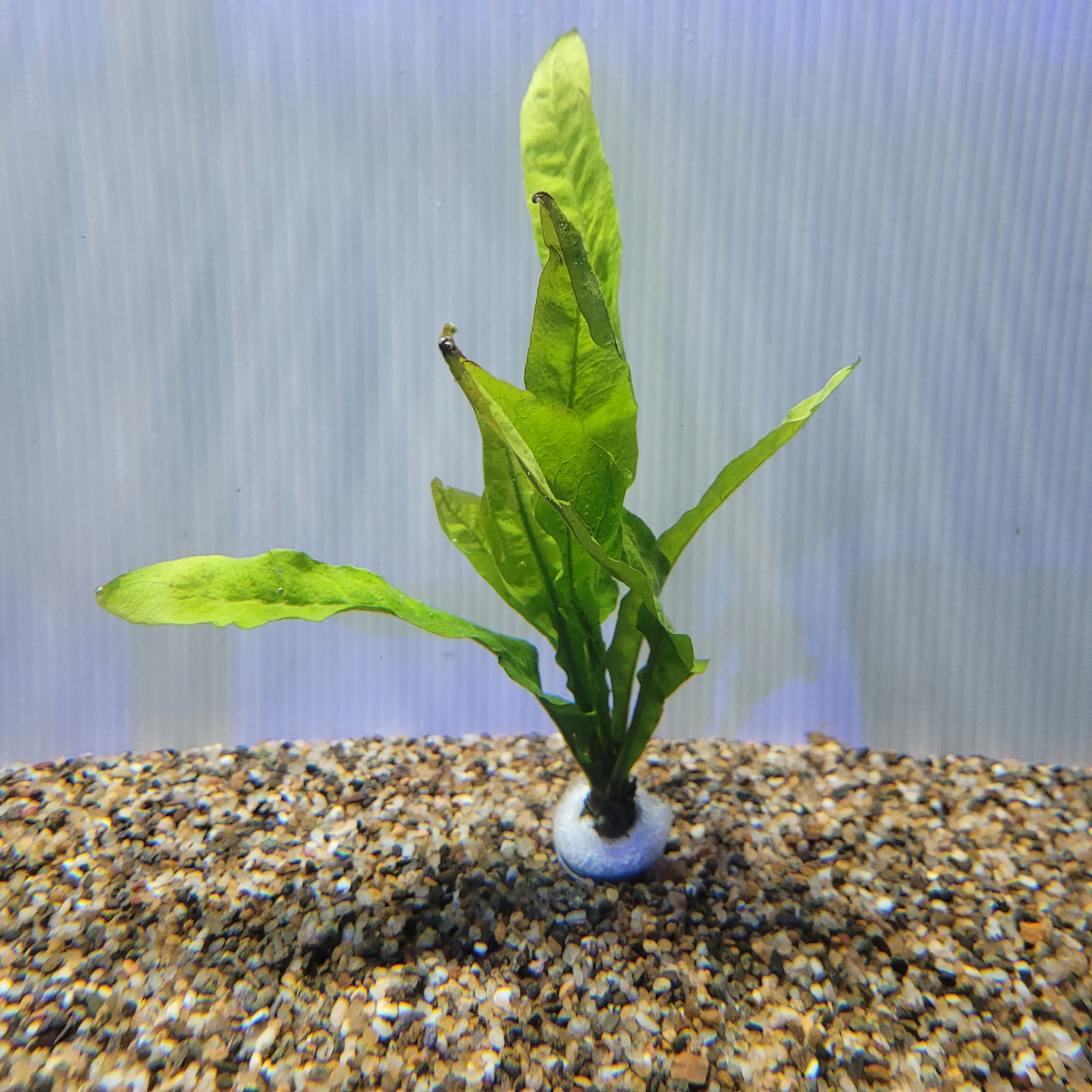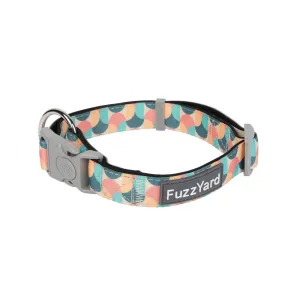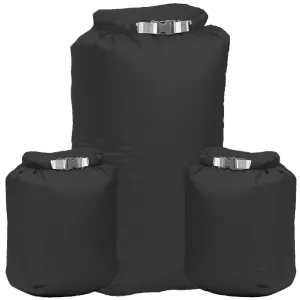Microsorum pteropus:
commonly known as the Java Fern, is a classic and popular plant in the freshwater aquarium hobby. Here are some key points about its care and characteristics:
- Origin: Native to Southeast Asia, it’s often found attached to rocks and tree trunks near rivers and waterfalls.
- Appearance: Java Fern has a distinctive look with broad, dark green leaves that can add a tropical feel to an aquarium.
- Growth: It’s a slow-growing plant, which makes it easy to manage. The leaves can reach up to 13.5 inches (35 cm) in length.
- Planting: Unlike many aquatic plants, Java Fern doesn’t need to be planted in the substrate. Its roots can attach to any textured surface, such as driftwood or rocks.
- Lighting: It tolerates a wide range of lighting conditions, from low to medium-high.
- Water Parameters: Java Fern is adaptable to various water conditions, but it thrives in a pH range of 6.0 to 7.5.
- Propagation: Propagation is straightforward—new plants grow from the tips of the leaves or from the rhizome. You can simply divide the rhizome or attach the baby plants to a new surface.
- Benefits: It’s beneficial for the tank’s ecosystem, providing shelter for fish and helping maintain water quality by absorbing excess nutrients.
Java Fern is a hardy plant that’s great for beginners due to its low maintenance and easy care requirements. It’s also a versatile plant that can be used in various aquascaping styles, from nature aquariums to more structured setups. Remember to handle it gently during maintenance, as the leaves can be delicate.















